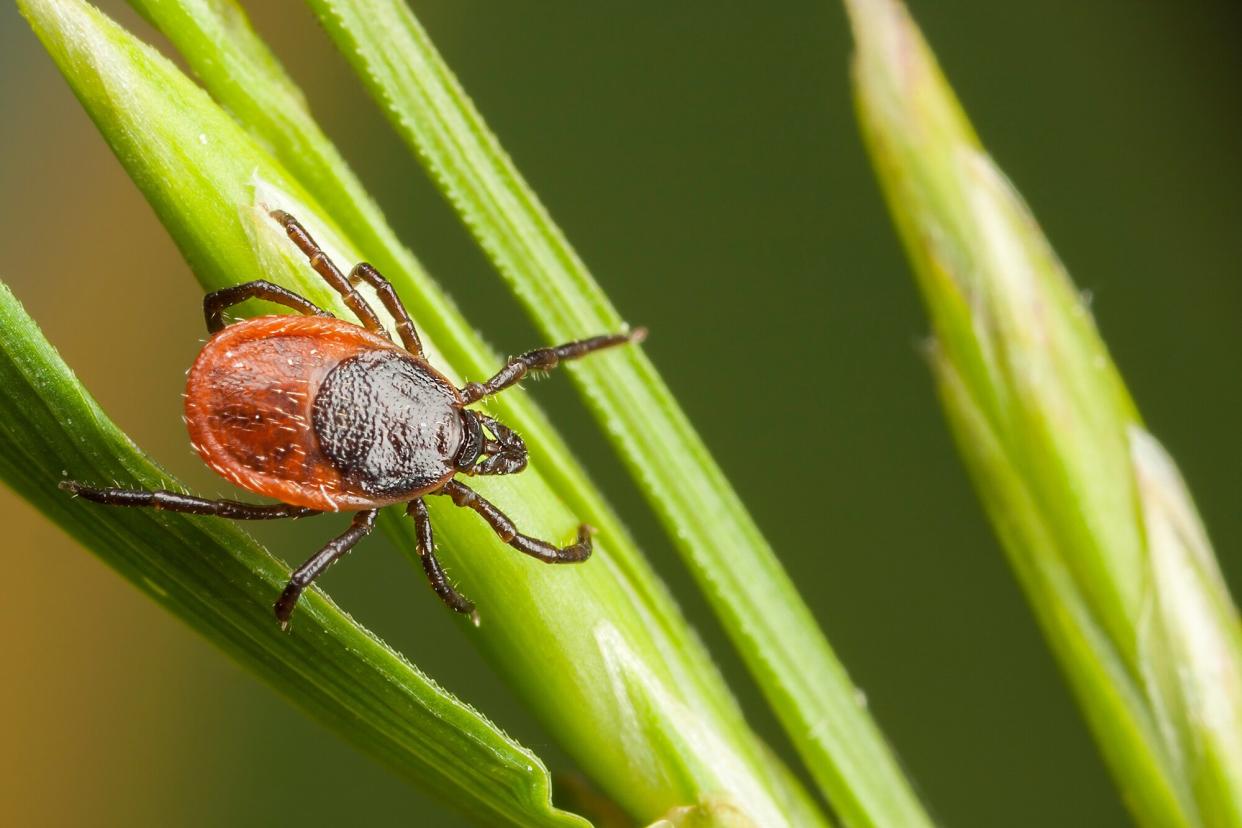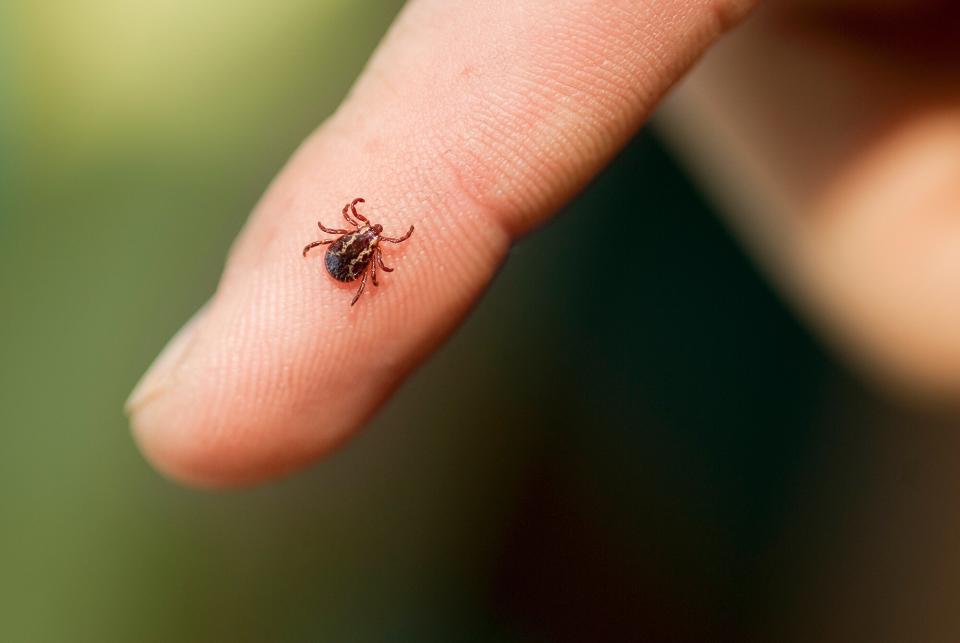Connecticut Resident Dies from Rare Tick-Borne Virus — the Second U.S. Fatality This Year

Getty
A Connecticut resident has died from a rare virus after being bitten by a tick, the state's department of public health announced.
The resident — a woman in her 90s — died on May 17 from Powassan virus infection (POWV) due to a tick bite. Two weeks after the tick was removed, the woman experienced a number of symptoms including fever, altered mental status, headache, chills, rigors, chest pain and nausea.
The DPH said the patient was admitted to a local hospital but her condition worsened and she was unresponsive for two weeks before her death. POWV was confirmed as the cause by the U.S. Centers for Disease Control and Prevention.
Connecticut also reported another case of POWV in March where the patient, a man in his 50s, recovered from the illness.
"This incident reminds us that residents need to take actions to prevent tick bites now through the late fall," Dr. Manisha Juthani, DPH Commissioner, said in a release. "DPH stresses the use of insect repellent this summer and avoiding high-risk areas, such as tall grass, where ticks may be found. It's also important to check carefully for ticks after being outside which can reduce the chance of you and your family members being infected with this dangerous virus."
Never miss a story — sign up for PEOPLE's free daily newsletter to stay up-to-date on the best of what PEOPLE has to offer, from juicy celebrity news to compelling human interest stories.

Getty
RELATED: Tick Populations Are Spiking as Warm Weather Approaches — Here's How to Protect Yourself
This is the second fatal U.S. case of POWV this year after the Maine CDC announced the nation's first fatality in April.
"Ticks are active and looking for a host to bite right now," Nirav Shah, Director of the Maine CDC, said at the time. "I urge Maine people and visitors to take steps that prevent tick bites."
According to the CDC, there are no vaccines to prevent POWV or medicines to treat it. However, a number of precautionary measures can be taken to avoid ticks.
To prevent exposure to ticks, according to the National Institutes of Health, wear clothing that covers your arms and legs and tuck your pants into your socks or put tape around openings in clothing. Wear light-colored clothing so you can see if a tick is on you. When you are in the woods, keep to the center of the trail, since ticks tend to like shrubs and bushes. Use a chemical repellent with DEET, permethrin or picaridin.
After coming indoors, check yourself, children and pets for ticks. If you do find one, use tweezers to remove it as soon as possible.
It takes a week to one month after the bite from an infected tick to develop symptoms of POWV disease, and the virus can be transmitted in as little as 15 minutes after the tick first attaches, according to the Connecticut Department of Health. Shower as soon as you can and wash your clothes in high heat to kill any remaining ticks.

